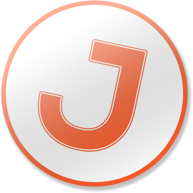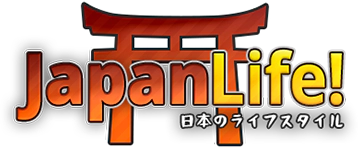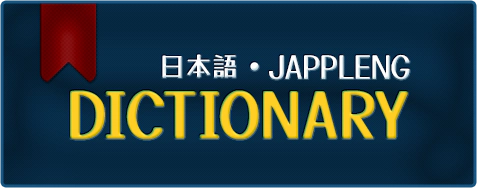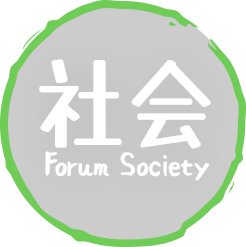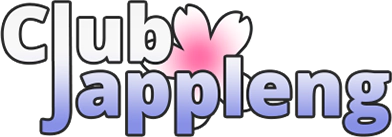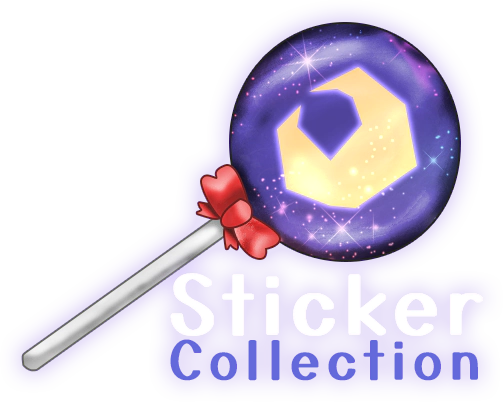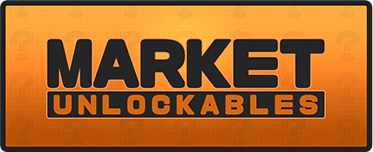We have learned many exciting things about the Japanese language
but one essential topic we must discuss is Kanji. Kanji is very
important to learn and today we’ll be learning about how Kanji came
to be in Japan. Please do not be intimidated or discouraged, this
history is relatively brief and be sure to complete your homework
assignments as there are new hiragana to learn.
Notice: History is always
changing; as such we may update this article as many times as
necessary if we find more evidence on new findings (we will
document these changes). We have cross-referenced many textbooks
and online sources and have weighed in what we believe is most
accurate and generally accepted by historians. Thank you.
Take a look at the following Kanji:
一 it means one (1).
Kanji are graphical representation of words also known as
logographic characters. As you may have recognized, there is only
one stroke in the example kanji.
Two (2), will have two strokes
二 much like roman numerals
(I and
II).
Kanji are very much like Chinese characters (hànzì) in fact they
were borrowed from them. Kanji have different level of strokes to
them, from 1 to a legendary 84 strokes. Of course, MOST kanji are
not 84 strokes or anywhere near it; it’s merely a world record for
someone’s
(unfortunate) name.
In the first Elementary school year, students are expected to learn
up to 12 stroke kanji. While this may seem like a lot of strokes,
kanji are often more than one kanji put together to form another
word. Take for instance
kazan
means volcano and is written as
火山. Please take notice how there are two
kanji next to each other. The first kanji means
fire and the second kanji means
mountain. When these two kanji
are side to side, they make
volcano.
The stroke counts of the two are combined making this particular
kanji 7 strokes. Incidentally, it is unlikely that you will study
kanji that have more than 24 strokes
(usually reserved for
names) unless you plan on becoming a Japanese linguist. Please
note that there is no need to study any of the example kanji for
this lesson, they are used for demonstrative purposes.
While the history of Kanji is not set in stone, it is widely
believed that the creation of Kanji began in China, where animal
bones, typically turtle shells were used by spiritual oracles to
get messages from God. These turtle bones known as
oracle bones and were thought to have
existed during the late
Shang dynasty
(1200 – 1050 BC) and were discovered by the
Zhou dynasty (1045 - 221 BC).
The Zhou dynasty had the brilliant idea to use these broken bone
patterns into a writing system. To keep this lesson from becoming
very lengthy as there is a lot of information to cover, we will
refrain from explaining the entire Chinese history behind their
writing scripts.
Moving much further ahead in time, the earliest introduction of
Kanji in Japan was in the form of the
King of Na gold seal, which is said to
have been given by
Emperor Guangwu of
Han to a
Yamato
emissary during a visit to Japan in
57 AD. The seal itself had the following
Chinese characters:
漢委奴國王
which is generally accepted to mean
“Seal awarded to the ruler
of the state of Japan under the Han (Dynasty)”.
Later in first century AD, Chinese coins were introduced to Japan,
and it is widely believed that Japanese natives during that era
could not comprehend the script and would remain illiterate until
sometime before the fifth century.
Scholar Wani (王仁), a bilingual in Chinese
and Korean from southwestern Korea would introduce the Chinese
writing system to Japan via the Korean Peninsula in the
late 4th century.
For reasons unknown, Wani does not exist in any Korean or Chinese
history books on record, however only Japanese history biographies
suggest his existence and impact. Legend and historians believe
that written Chinese was primarily necessary for trade-commerce. It
would take another few hundred years between the years of
794-1185 AD before
kanbun would emerge in Japan
to bring in a new generation of literate Japanese people.
Kanbun is a classical Chinese writing system which included
okurigana (diacritics) to
Chinese characters to help restructure and understand Chinese
sentences through the rules of Japanese grammar. Unfortunately,
Kanbun was awfully difficult to learn, it was messy and so an
experimental solution was introduced called
Manyougana 万葉仮名.
Manyougana is the predecessor of Hiragana and Katakana which still
used kanji for its sounds rather than its meaning. While this may
sound very confusing, we will discuss this later in a more
advanced, linguistics lesson on JPLearn!.
Kanbun is learned alongside
of classical Japanese literature, Koten古典, as a mandatory course in primary
and middle schools.
Following
World War II on
November 16, 1946, the
Japanese government issued orthographic reforms which resulted in
standardizing kanji and education guidelines. These kanji were
known as
kyouiku kanji 教育漢字
literally meaning education kanji, which had a standard 1,006
glyphs to be learned.
In addition,
Jouyou kanji
consists of all kyouiku kanji in addition to 1,130 more kanji and
were introduced in 1981, replacing touyou kanji, its predecessor.
Finally, we arrive to
September 27,
2004 where 983 new kanji for personal names
jinmeiyou kanji人名用漢字 were introduced.
There are over 50,000 kanji in all, and it is said that it could
take many lifetimes to master all of them, and some people do.
Thankfully, we don’t need to know that many, in fact the average
Japanese native may be able to recognize up to 3,000 but only be
able to write around 2,000 or less.
As new generations grow, kanji is arguably becoming less used than
before. Hiragana, Katakana and English characters tend to replace a
lot of kanji in modern Japanese culture making many wonder whether
Kanji will remain used in Japanese. However, Kanji is an essential
component to Japanese sentences and some phrases could not be made
without them.
Regardless, with all of these numbers, it may be too confusing or
even daunting to ever approach kanji. Thankfully you only need to
recognize 2,136 kanji or a few hundred to get by. Of course, that’s
how many students learn until they graduate from high school.
Depending on your goals, you may want to only learn a few, a few
hundred or all of them and we’ll provide all the available software
and references free for you. Don’t fret so much, you’ll eventually
be learning kanji much faster and easier than you do with kana. If
it is of any consolation, native Japanese people lose their ability
to recognize many of their learned kanji over time and has been
more-so since the coming of computers and smart phones.
The way we teach Kanji is by first learning the fundamentals. We
start with stroke order, then the kanji radicals and we teach by
necessity rather than the traditional method of "by stroke count".
Typically Kanji is taught through rough memorization and by how
many strokes there are. You learn the 1 stroke kanji, then 2 stroke
and so forth... But what use is that in practical Japanese? It
would take an eternity and that it does.
When the time is right, we will learn Kanji the easy and practical
way. The traditional ways of teaching Japanese are no more with
JPLearn! and you will see exactly how effective it is in the coming
lessons.
We believe this is the right time to somewhat introduce the the
Japanese Language Proficiency Test (JLPT). It is going to be
something you will hear often in this community if you haven’t
already. It is the standard for gauging one’s ability to understand
Japanese graded from N5 (lowest rank) to N1 (highest rank). If you
decide to live or work in Japan, you will likely need to pass the
JLPT exam at its highest level.
We will help you learn all that you need to know to pass the JLPT
exam on Jappleng, whether you decide to continue with JPLearn! or
study strictly for it in our JLPT practice course. It is said that
traditionally, it takes approximately 250-400 hours to pass the N4
exam (basic Japanese) and 3,100-4,500 hours to pass the N1 exam
according to the Japan Foundation (circa 2010).
We have been developing methods to decrease this number
substantially such as how Kanji can easily be learned with about
200 characters, rather than 3,000+. You will need to learn
Kanji in order to pass the JLPT exams, so please keep this in mind
for future consideration. For more information, please consult the
community forums or our JLPT guides.
To clarify, we don't believe it will take anyone studying here over
3,000 hours to learn Japanese or learn enough Japanese to live in
Japan. It is quite possible to live in Japan with very little
understanding of the language and the rest is learned through
immersion. There are many obstacles by following this path but it
isn't unheard of. We believe it can easily take a fraction of the
time by studying here and it is much easier to learn Kanji through
radicals than by strict memorization.
We have learned quite a lot of history from this crash history
course on Kanji. While we could have easily dedicated a whole book
on the subject, I’m sure that most of you are eager to learn your
first Kanji and move on to other lessons.
You may have not realized this but most resources that teach the
Japanese language does not include much information about the
history and culture of Japan. We strive to ensure that your
education here is exemplary, much like what you would expect in a
real classroom in Japan.
When you are ready, please accept homework for the lesson which
will include new hiragana to learn and practice samples.
